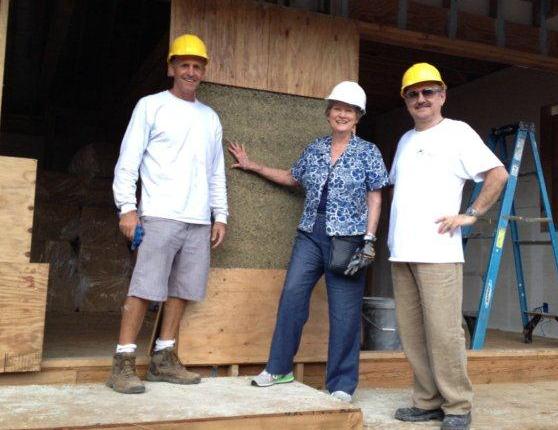Last week, a constituent shared with me a very special February 1938 issue of Popular Mechanics. Inside the tan pages and tattered edges, along with other articles on the cutting edge technologies of its time, is an article on hemp, the “New Billion Dollar Crop.”
With new technologies, it was highly profitable to move ahead in 1938 with the industrial use of hemp. The article states, “[hemp] will displace imports of raw material and manufactured products produced by underpaid [laborers] and it will provide thousands of jobs for American workers throughout the land.”
Seventy-seven years have passed and the full potential for hemp production in the United States has remained dormant. Popular Magazine’s billion dollar estimate in 1938 calculates to $16.3 trillion today. The United States is the largest buyer of hemp worldwide for clothing, food, building materials, and more and imported $36.9 million of hemp products in 2013. Our demand for hemp only increases over the years and we already have manufacturers that work with unprocessed hemp.
Rep. Cynthia Thielen poses with workers at a house on Maui that has been made from “hempcrete” — building materials formed from hemp.
2015 is proving to be a year of hope for hemp. Federal and state lawmakers across party lines are galvanizing to legalize hemp. Federally, the House and Senate are pushing the Industrial Hemp Farming Act of 2015 which would remove federal restrictions on the commercial farming of industrial hemp, and non-drug oilseed and fiber varieties ofCannabis. Thanks to the Farm Bill that Obama signed in 2014, over 15 states, including Hawaii, were given permission to study the properties of hemp and start growing.
Vermont, Colorado, and Arkansas started planting for their hemp pilot programs and the University of Hawaii has just received a permit to import seeds for a pilot program studying phytoremediation and biofuel properties.
Can you imagine? Farmers could grow hemp on abandoned agricultural lands once used for pineapple and sugar cane, remove the toxic build-up from years of pesticide and petro fertilizer use and the deep-rooted stalks of hemp would eliminate pest nematodes and any weeds in the process, ending up with a cash crop that can be used for biofuels.
With over 25,000 uses and products, in our climate, hemp has as short of a growth period as three months and one acre of hemp equates to up to four acres of pulp from trees.


